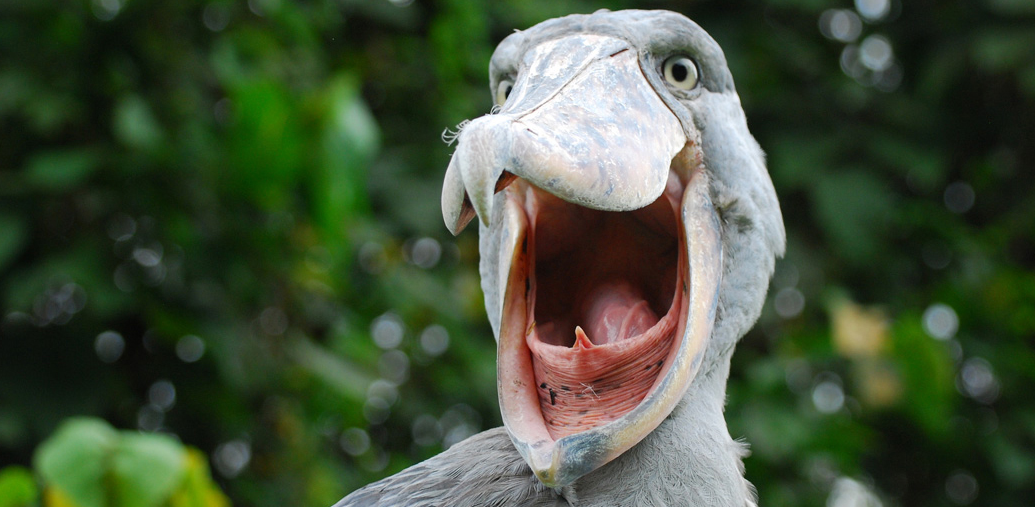Lake Mburo National Park is among the best places to track, see and film the elusive shoebill stork. Shoebill filming In Lake Mburo National Park is done in the marsh filled shoreline of the bigger lake Mburo from which the park borrows its name.
Requirements for shoebill Filming in Lake Mburo National Park
Prior to filming In Uganda, all crew members must obtain all relevant permits & permissions that match their film shoot. However, the most common permits you will need to film shoebill inside Lake Mburo National Park, include;
- Press Accreditation – required for each crew member (See: How to apply for Press Accreditation in Uganda).
- Location Filming Permit – required for the group. All Leopard filming In Uganda is done inside national parks (See: Filming in Uganda National Parks.)
Best time to go Shoebill Filming in Lake Mburo National Park
Shoebill tracking and generally birdwatching in Lake Mburo National park are good all year-round. The Best time to film shoebill in Lake Mburo National Park is in the dry season months of June – July. However, the months of March and April are the wettest and are characterized by heavy rains. The heavy rains make the whole park soggy and most routes can become slippery and impassable. This can affect your shoot significantly.
If you are looking to combine shoebill filming with other migratory birds in Lake Mburo, then we recommend planning your shoot for the months of November to April.
Where to stay during your shoot in Lake Mburo National Park
While there is quite a number of accommodation options available, we have scaled down to staying at exclusive Mihingo Safari Lodge, midrange Rwakobo Rock Lodge and at the pocket-friendly picturesque Eagles Nest Lodge.
Other accommodations include;
- Kimbla Mantana Tented camp.
- Lake Mburo Arcadia Cottages.
- Lake Mburo Safari lodge.
- Leopard Rest camp.


